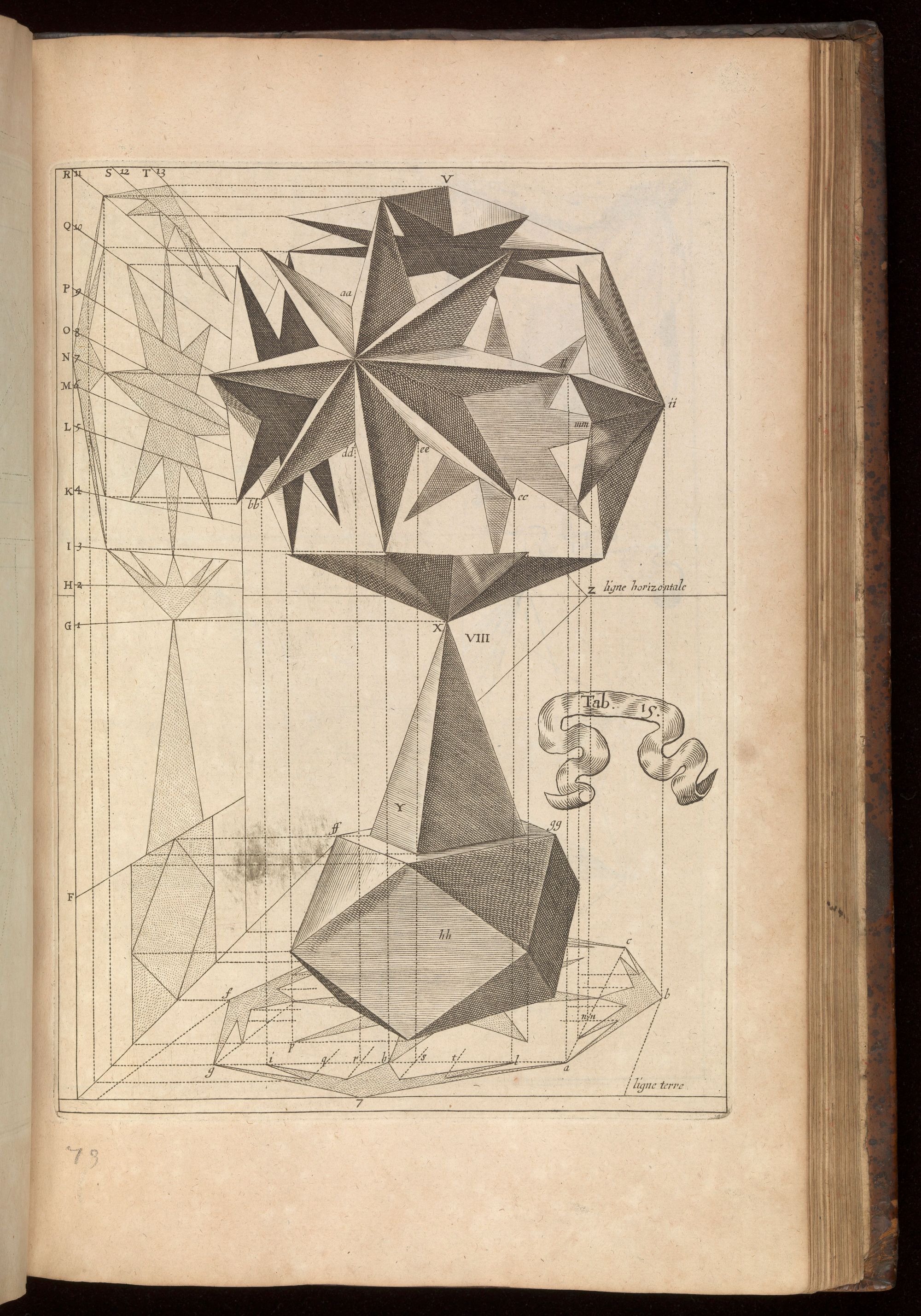Folding Wonders: Exploring the Fascinating Types of Origami

Origami, the ancient Japanese art of paper folding, has evolved over centuries into a diverse and intricate craft. From simple paper cranes to complex three-dimensional models, origami offers endless creative possibilities. Whether you’re a beginner or an expert, understanding the different types of origami can open up a whole new world of paper artistry. Here are some of the most popular forms of origami that you should know.
1. Traditional Origami
Traditional origami consists of simple yet elegant designs that have been passed down for generations. The most famous example is the origami crane (orizuru), a symbol of peace and longevity in Japanese culture. Other classic models include the frog, boat, and butterfly. These designs typically use a single sheet of paper, folded into familiar shapes without the use of cuts or glue.
2. Modular Origami
In modular origami, multiple sheets of paper are folded into identical units and then assembled to create a larger, more complex structure. Each folded piece, known as a "module," interlocks with others to form geometric shapes like cubes, stars, and even intricate spheres. A popular example is the Sonobe unit, used to build various polyhedra. This type of origami is popular among mathematicians and artists alike due to its structural beauty.
3. Wet-Folding Origami
Wet-folding is an advanced technique where damp paper is used to create soft, sculpted folds that hold their shape. This method is ideal for crafting lifelike animals and human figures with smooth curves and expressive details. The moisture allows for subtle bending, making the final model look more dynamic and natural. The renowned origami artist Akira Yoshizawa popularized this technique, elevating origami to a true art form.
4. Action Origami
Unlike static origami, action origami involves models that can move or perform actions. These dynamic creations often feature flapping wings, jumping legs, or spinning parts. One well-known example is the flapping bird, which moves its wings when you pull its tail. Another fun design is the paper fortune teller, commonly used as a game among children.
5. Tessellation Origami
Origami tessellations involve creating intricate, repeating patterns by folding a single sheet of paper. This technique, inspired by mathematical tessellations, produces stunning geometric designs that resemble honeycombs or woven textiles. These folded patterns are often used in decorative art and even in architectural designs.
6. Kirigami (Cut-and-Fold Origami)
While traditional origami avoids cutting, kirigami embraces it. This variation involves both folding and cutting paper to create intricate designs, such as pop-up cards, snowflakes, and three-dimensional landscapes. Kirigami is often used in paper engineering, including book illustrations and greeting cards.
7. Pureland Origami
Pureland origami follows strict rules: it only allows simple mountain and valley folds, making it easier for beginners or individuals with motor skill challenges. This style ensures that anyone can enjoy the art of origami without the frustration of complex folds.
Origami is more than just folding paper—it’s a fusion of art, mathematics, and creativity. Whether you prefer the simplicity of traditional models or the complexity of modular designs, there’s an origami style for everyone. So grab a sheet of paper and start folding your way into this fascinating world!